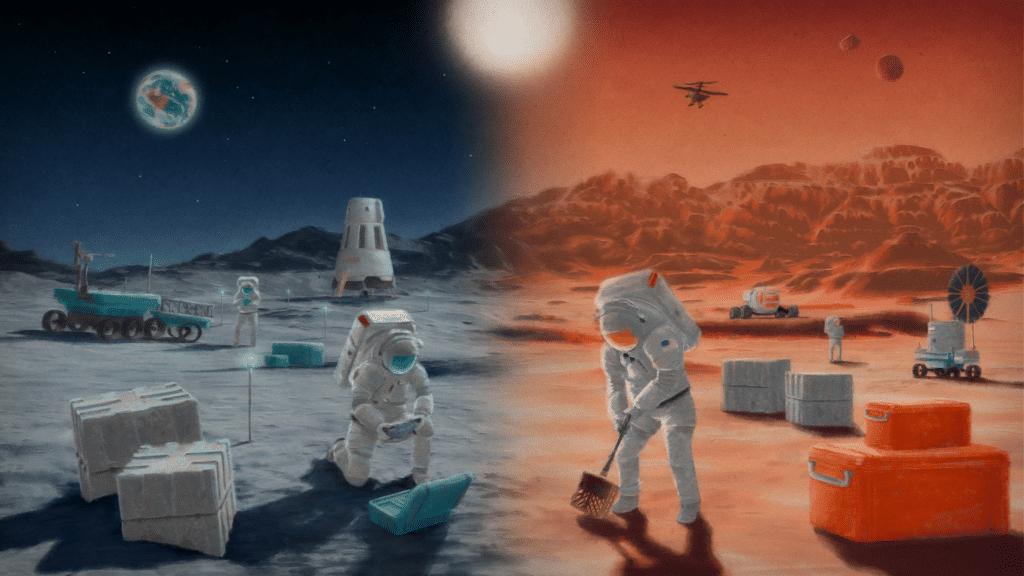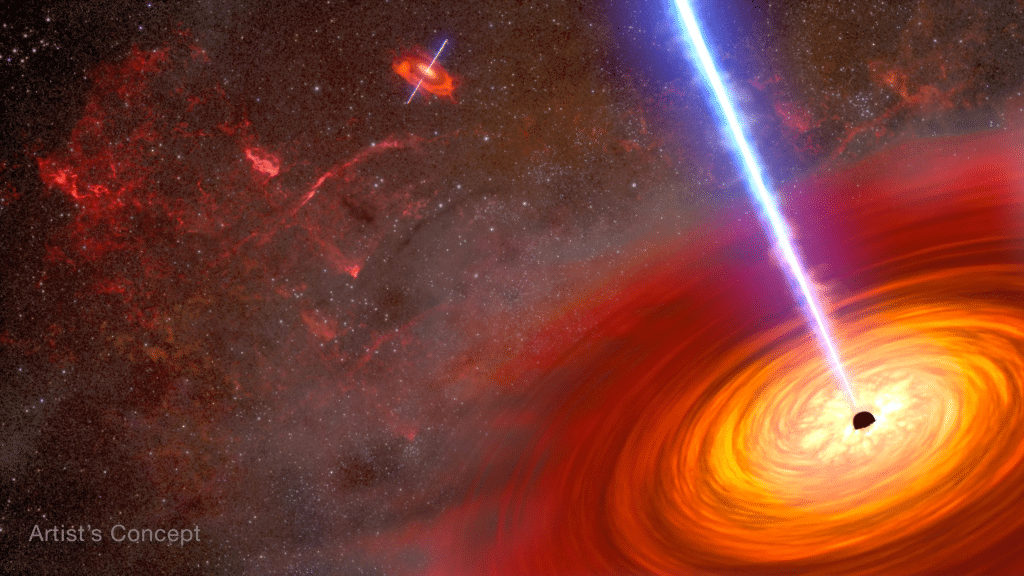Daily Archives: September 12, 2024
NASA Moon to Mars Architecture Art Challenge
NASA Space Technology Sarah DouglasSep 12, 2024NASA wants you to visualize the future of space exploration! This art challenge is looking for creative, artistic images to represent NASA’s Moon to Mars Architecture, the agency’s roadmap for crewed exploration of deep space. With NASA’s Moon to Mars Objectives in hand, the agency is developing an architecture for crewed exploration of the Moon, Mars, and beyond. Using systems engineering processes, NASA has begun to perform the analyses and studies needed to make informed decisions about a sustained lunar evolution and initial human missions to Mars. NASA’s Moon to Mars Architecture currently includes four segments of increasing complexity: Human Lunar Return, Foundational Exploration, Sustained Lunar Evolution, and Humans to Mars. For this competition, NASA is interested in your artistic interpretation of the latter two segments: Sustained Lunar Evolution and Humans to Mars....
NASA to Develop Lunar Time Standard for Exploration Initiatives
NASA Space Technology NASA will coordinate with U.S. government stakeholders, partners, and international standards organizations to establish a Coordinated Lunar Time (LTC) following a policy directive from the White House in April. The agency’s Space Communication and Navigation (SCaN) program is leading efforts on creating a coordinated time, which will enable a future lunar ecosystem that could be scalable to other locations in our solar system.The lunar time will be determined by a weighted average of atomic clocks at the Moon, similar to how scientists calculate Earth’s globally recognized Coordinated Universal Time (UTC). Exactly where at the Moon is still to be determined, since current analysis indicates that atomic clocks placed at the Moon’s surface will appear to ‘tick’ faster by microseconds per day. A microsecond is one millionth of a second. NASA and its...
NASA’s Webb Peers into the Extreme Outer Galaxy
NASA Space Technology This image shows a portion of the star-forming region, known as Digel Cloud 2S (full image below).Credits: NASA, ESA, CSA, STScI, M. Ressler (JPL)Astronomers have directed NASA’s James Webb Space Telescope to examine the outskirts of our Milky Way galaxy. Scientists call this region the Extreme Outer Galaxy due to its location more than 58,000 light-years away from the Galactic Center. (For comparison, Earth is approximately 26,000 light-years from the center.)A team of scientists used Webb’s NIRCam (Near-Infrared Camera) and MIRI (Mid-Infrared Instrument) to image select regions within two molecular clouds known as Digel Clouds 1 and 2. With its high degree of sensitivity and sharp resolution, the Webb data resolved these areas, which are hosts to star clusters undergoing bursts of star formation, in unprecedented detail. Details of this data include...
The Marshall Star for September 11, 2024
NASA Space Technology
NASA and its industry partners continue to make progress toward Artemis III and beyond, the first crewed lunar landing missions under the agency’s Artemis campaign. SpaceX, the commercial Human Landing System (HLS) provider for Artemis III and Artemis IV, recently tested a 1.2% scale model of the Super Heavy rocket, or booster, in the transonic Unitary Plan Wind Tunnel at NASA’s Ames Research Center. The Super Heavy rocket will launch the Starship human landing system to the Moon as part of Artemis.
During the tests, the wind tunnel forced an air stream at the Super Heavy scale model at high speeds, mimicking the air resistance and flow the booster experiences during flight. The wind tunnel subjected the Super Heavy model, affixed with pressure-measuring sensors, to wind speeds ranging from Mach .7, or about 537 miles...












